Tell me about your motherPsychology
|
![Icon psychology.svg]() |
| Let us examine... |
|
| Random examples |
|
“”I am wiser than this man, for neither of us appears to know anything great and good; but he fancies he knows something, although he knows nothing; whereas I, as I do not know anything, so I do not fancy I do. In this trifling particular, then, I appear to be wiser than he, because I do not fancy I know what I do not know. |
| —attributed to Socrates, from Plato, Apology |
The
Dunning-Kruger effect, named after David Dunning and Justin Kruger of Cornell University, occurs where people fail to adequately assess their level of competence — or specifically, their
incompetence — at a task and thus consider themselves
much more competent than everyone else. This lack of awareness is attributed to their lower level of competence robbing them of the ability to critically analyse their performance, leading to a significant overestimate of themselves. Put more crudely, they're
too stupid to realize they're stupid.
The inverse also applies: competent people tend to underestimate their ability compared to others; this is known as
impostor syndrome.
If you have no doubts whatsoever about your brilliance, you
could just be that damn good. On the other hand...
The effect
“”One of the painful things about our time is that those who feel certainty are stupid, and those with any imagination and understanding are filled with doubt and indecision. |
| —Bertrand Russell, The Triumph of Stupidity |
The Dunning-Kruger effect is a slightly more specific case of the bias known as
illusory superiority, where people tend to overestimate their good points in comparison to others around them, while concurrently underestimating their negative points. The effect has been shown by
experiment in several ways, but in this case Dunning and Kruger tested students on a series of criteria such as
humour, grammar, and
logic and compared the actual test results with each student's own estimation of their performance.
Those who scored well on these tests were shown, consistently, to underestimate their performance. This is not terribly surprising and can be explained as a form of
psychological projection: those who found the tasks easy (and thus scored highly) mistakenly thought that they would also be easy for others. This is similar to the aforementioned "impostor syndrome"— found notably in graduate students and high-achieving
women— whereby high achievers fail to recognise their talents as they think that others
must be equally good.
More interestingly, and the subject of what became known as the Dunning-Kruger effect, those who scored lowest on the test were found to have "grossly overestimated" their scores. And what about the underachievers who overestimated their performance? In the words of Dunning and Kruger:
| This overestimation occurs, in part, because people who are unskilled in these domains suffer a dual burden: Not only do these people reach erroneous conclusions and make unfortunate choices, but their incompetence robs them of the metacognitive ability to realize it. |
The original study was focused specifically on
competence, as opposed to
intelligence - Dunning and Kruger were more concerned with the
empirical, measurable factors of how well a person could perform a task (even "simple" or "stupid" tasks) and that person's perception of how they performed that task, rather than the more nebulous concept of comparative "
intelligence" or "
education." The classic "believes-themselves-better-than-they-actually-are" effect is very often tied to a lack of education or other intelligence deficit. However, the inspiration for the entire study was a desperately under-educated
Pittsburgher who possessed badly flawed reasoning skills (see
below). The term is still properly meant to describe a disconnect between perceived and empirical
competence, rather than
IQ or intelligence.
A little knowledge can be dangerous
“”It is not in our human nature to imagine that we are wrong. |
| —Kathryn Schulz[1] |
The effect can also be summarised by the phrase "a little
knowledge is a dangerous thing."
[2] A small amount of knowledge can mislead a person into thinking that they're an expert because this small amount of knowledge isn't a well known
fact.
For a potent example, consider former
children's
TV presenter and "science advocate" Johnny Ball, who in 2009 stunned audiences by
denying the existence of climate change. His reasoning was based on the fact that
water vapour as a
greenhouse gas is much more prevalent, potent, and thus much more powerful than carbon dioxide — and because combustion reactions also produce water, it should be water vapour we're worried about, not carbon dioxide.
[3] Sound reasoning to an amateur, but anyone minimally qualified in atmospheric
chemistry would tell you that the water isn't a problem because the atmosphere has a
way of getting rid of excess water — it's called
rain. Thus its concentration (for given temperatures and pressures) remains more or less constant globally.
Ball's premise is also used by some critics against the
hydrogen economy: because hydrogen vehicles emit water vapour from their exhaust, they are seen to be more damaging to the
environment than petrol driven vehicles. An ill-informed and unsound argument — hydrogen fuel cell vehicles emit approximately the same amount of water per mile as vehicles using gasoline-powered internal combustion engines.
[4] The difference is that while water vapour remains in the atmosphere only a few days or weeks, and hydrogen gas about two years, carbon dioxide lingers for more than a century.
[5]Origins
![]()
Comparison of actual score vs perceived score. A well-calibrated and honest set of predictions would follow a straight line (i.e., prediction of ability matches the outcome). However, experimentally it was found that people consistently over-estimated their ability. Graphed as a proportion of the over-estimate, those in the lowest quartile were guilty of the most significant over-estimation.
[6]Dunning and Kruger properly proved its existence in their seminal, 2000
Ig Nobel Prize winning
[7] paper "Unskilled and Unaware of It,"
[8] doubtless at great risk to personal sanity.
They were famously inspired by McArthur Wheeler, a Pittsburgh man who attempted to rob a bank while his face was covered in lemon juice. Wheeler had learned that lemon juice could be used as "invisible ink" (that is, the old childhood experiment of making the juice appear when heated); he therefore got the idea that unheated lemon juice would render his facial features unrecognizable or "invisible."
After he was effortlessly caught (as he made no other attempts to conceal himself during the robberies), he was presented with video surveillance footage of him robbing the banks in question, fully recognizable. At this, he expressed apparently sincere surprise and lack of understanding as to why his plan did not work - he was not competent enough to see the logical gaps in his thinking and plan.
[9]The idea that people who don't know enough also don't know enough to realise that they don't know enough ("Dunning-Kruger effect" is
so much simpler to get your tongue around) isn't particularly new. The
Bertrand Russell quote is from the mid 1930s, and even earlier,
Charles Darwin, in
The Descent of Man in 1871, stated "ignorance more frequently begets confidence than does knowledge." Even back in ancient
Greece, Plato's
Apology attributed to Socrates the quote at the top, which today is often summed up as, roughly, "the wisest people know that they know nothing."
In his 1996 book
Rush Limbaugh is a Big Fat Idiot,
Al Franken described the phenomenon of "
pseudo-certainty" which was rampantly being displayed by
pundits and
politicians such as
Rush Limbaugh and
Newt Gingrich, who would use "
common sense" as the basis for their confidently-made
assertions, but without actually backing them up with time-consuming research or pesky facts. Franken prefers the term "being a fucking moron."
Locally relevant examples
ee also
External links




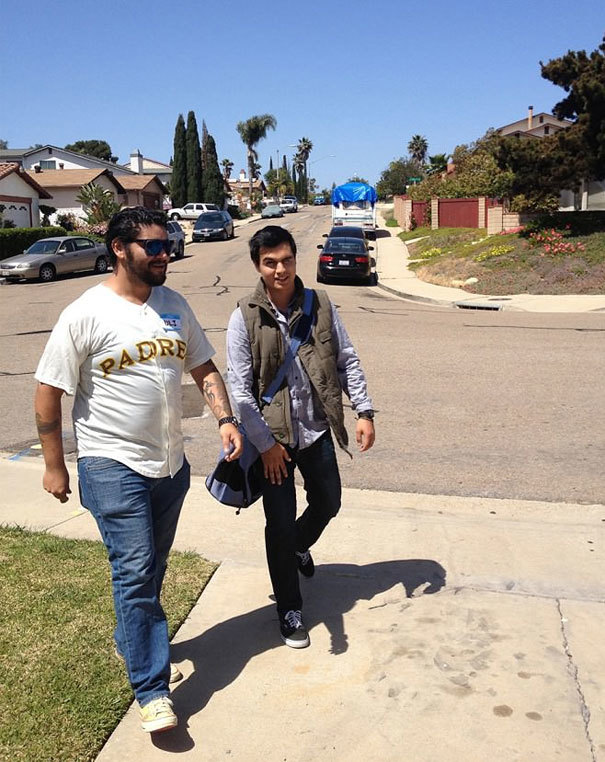



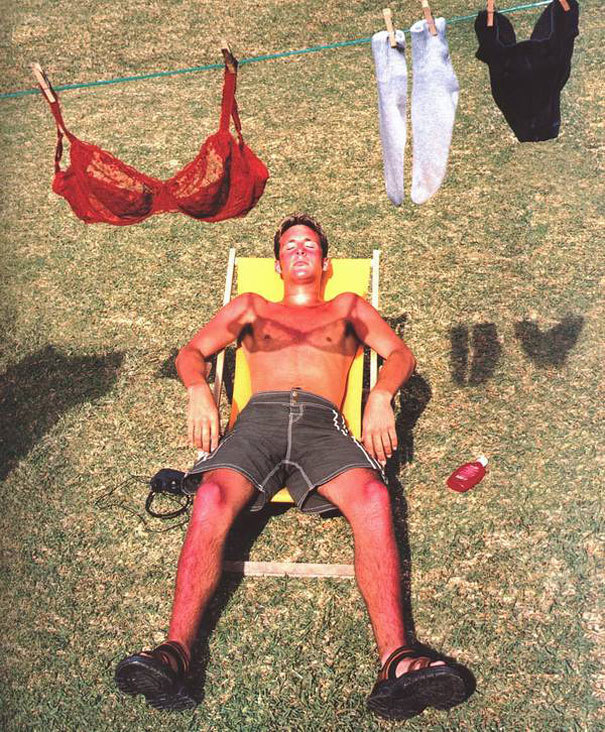

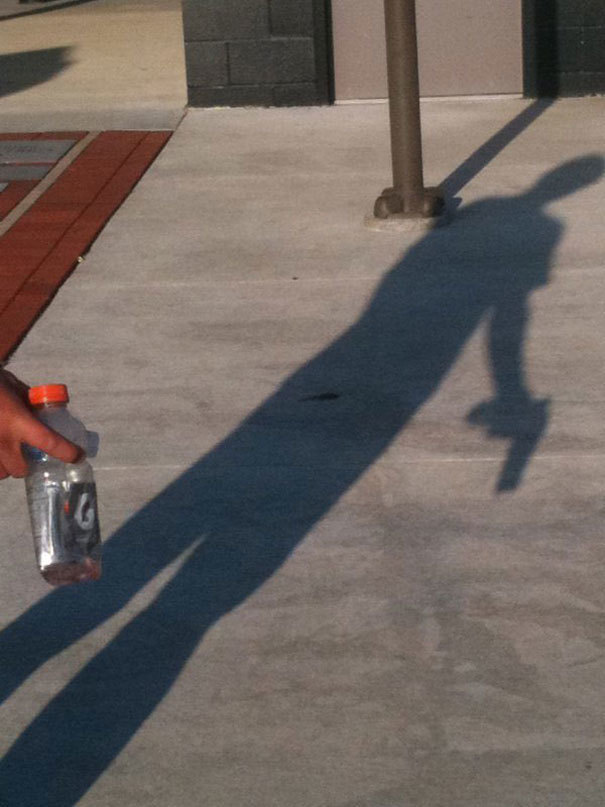












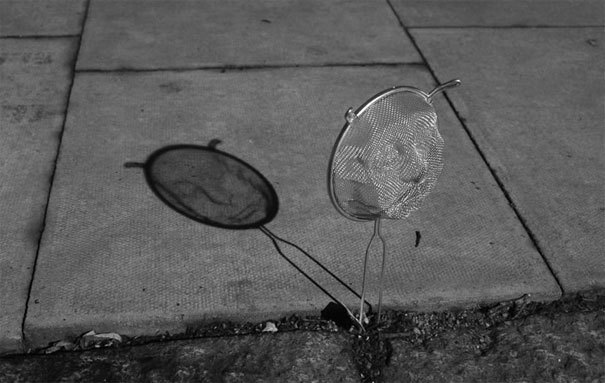
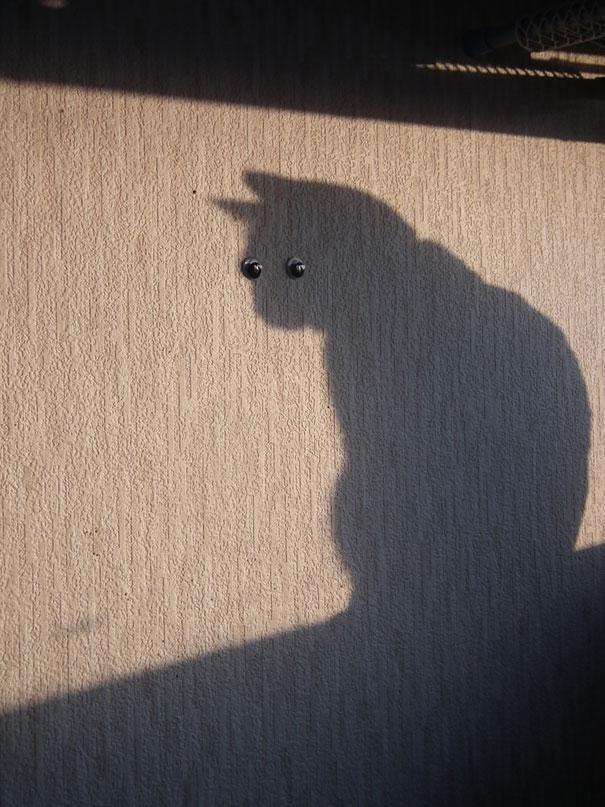
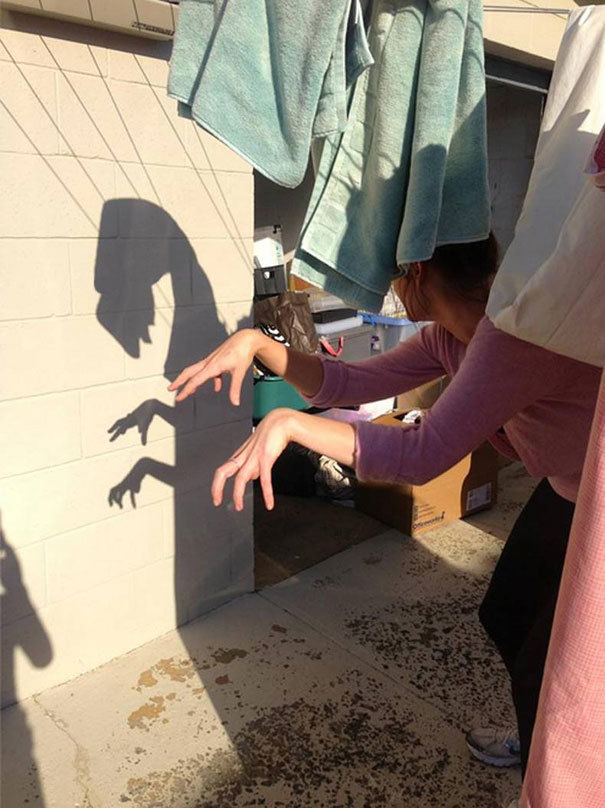



 2. Regardez à quel point il est facile de combattre la faim dans le monde par Feedsa
2. Regardez à quel point il est facile de combattre la faim dans le monde par Feedsa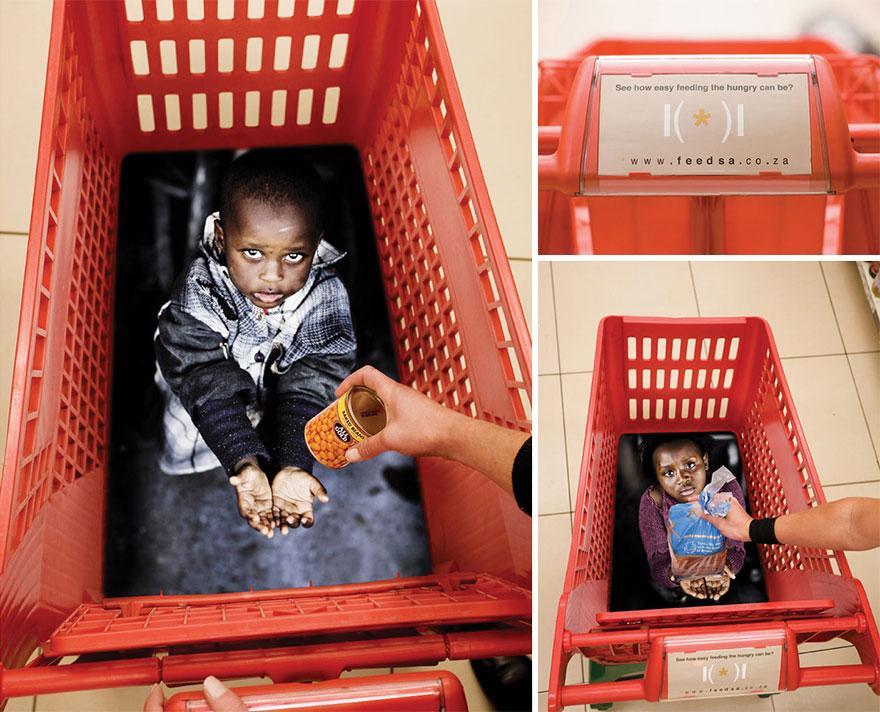 3. Où est le pédophile ? par Innocenceindanger.com
3. Où est le pédophile ? par Innocenceindanger.com
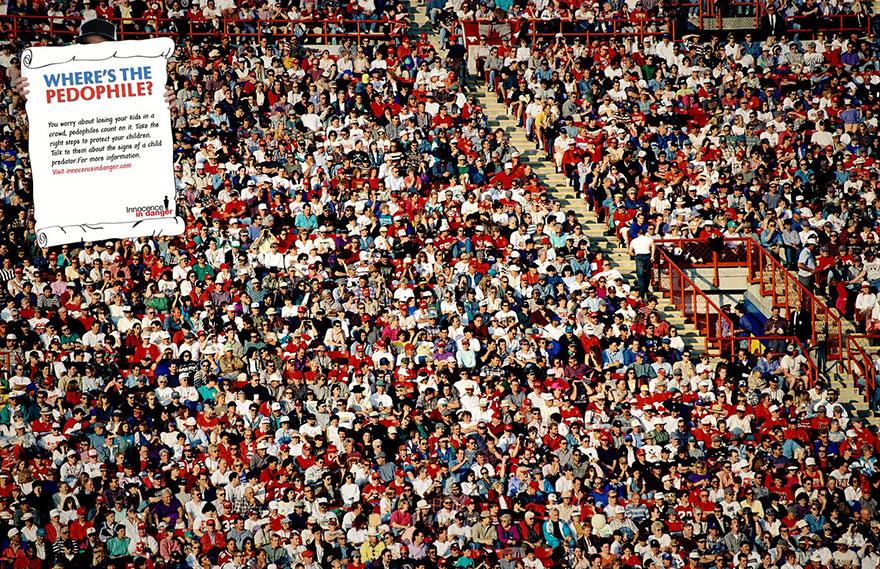 4. Action mondiale dans l'intêret des animaux : les sacs plastiques tuent
4. Action mondiale dans l'intêret des animaux : les sacs plastiques tuent  5. Arrêtez la violence : ne pas boire et conduire par Ecovia
5. Arrêtez la violence : ne pas boire et conduire par Ecovia 6. Si vous ne les ramassez pas, eux le feront par Endangered Wildlife Trust
6. Si vous ne les ramassez pas, eux le feront par Endangered Wildlife Trust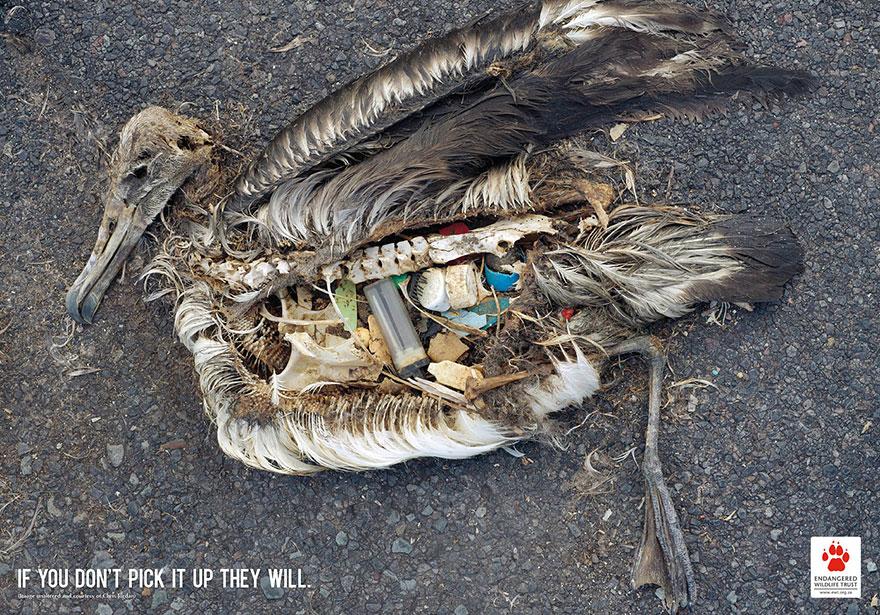 7. Toutes les 60 secondes, une espèce meurt par Bunds
7. Toutes les 60 secondes, une espèce meurt par Bunds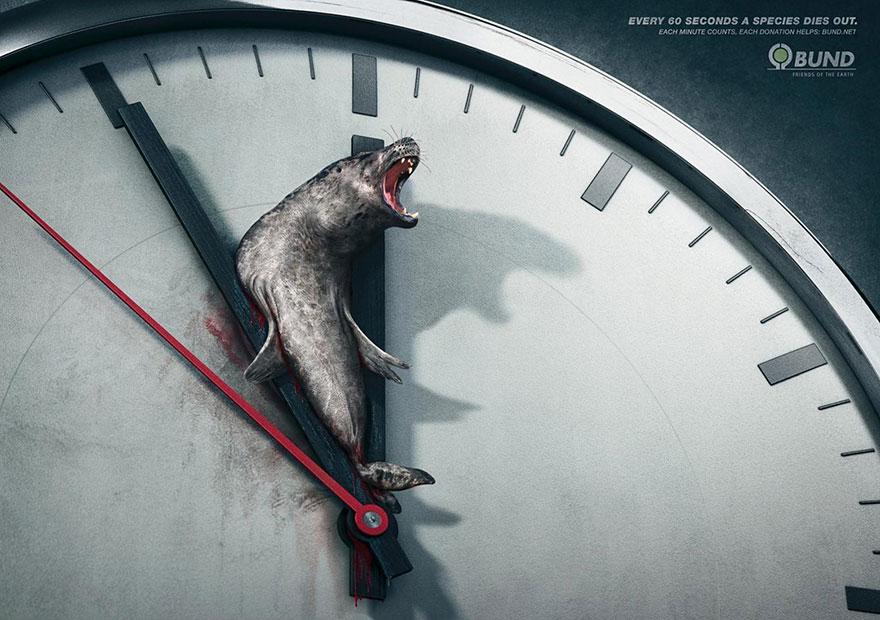 8. "Jours dans un lit d'hôpital" par ELM Grove Police Department
8. "Jours dans un lit d'hôpital" par ELM Grove Police Department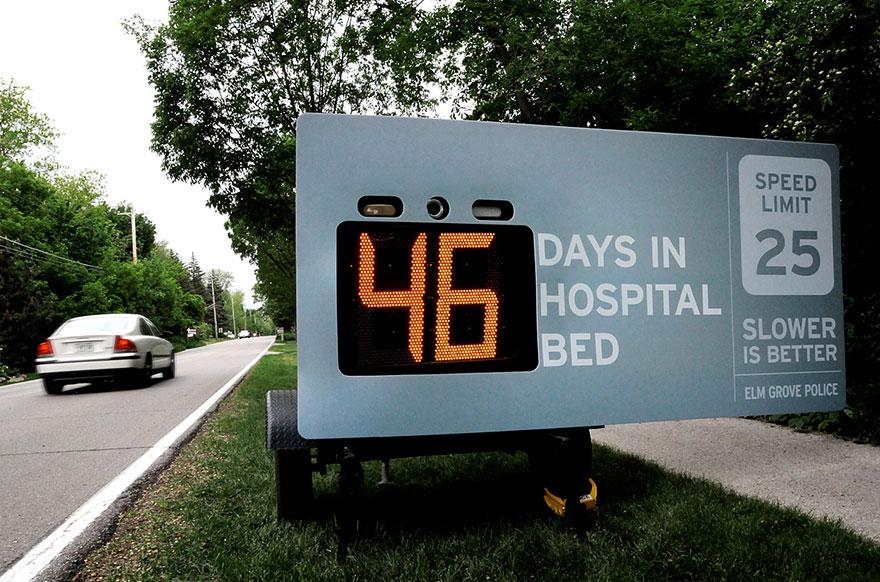 9. Ce que vos poumons ingurgitent par CEPF
9. Ce que vos poumons ingurgitent par CEPF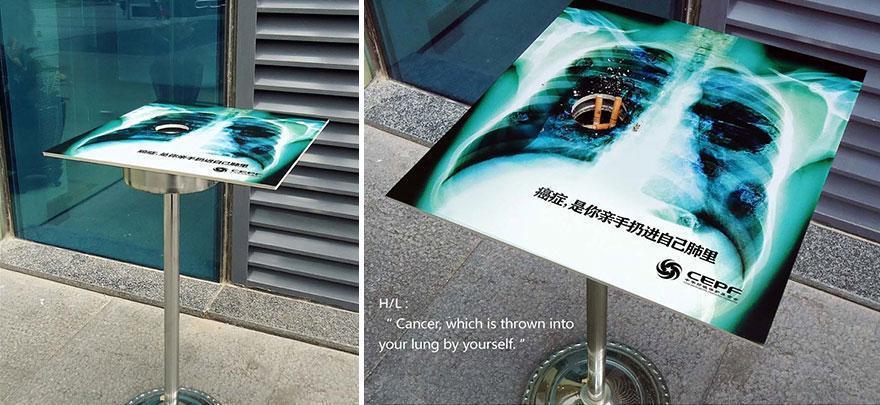 10. On recolte ce que l'on sème. Gardons la mer propre par JWT
10. On recolte ce que l'on sème. Gardons la mer propre par JWT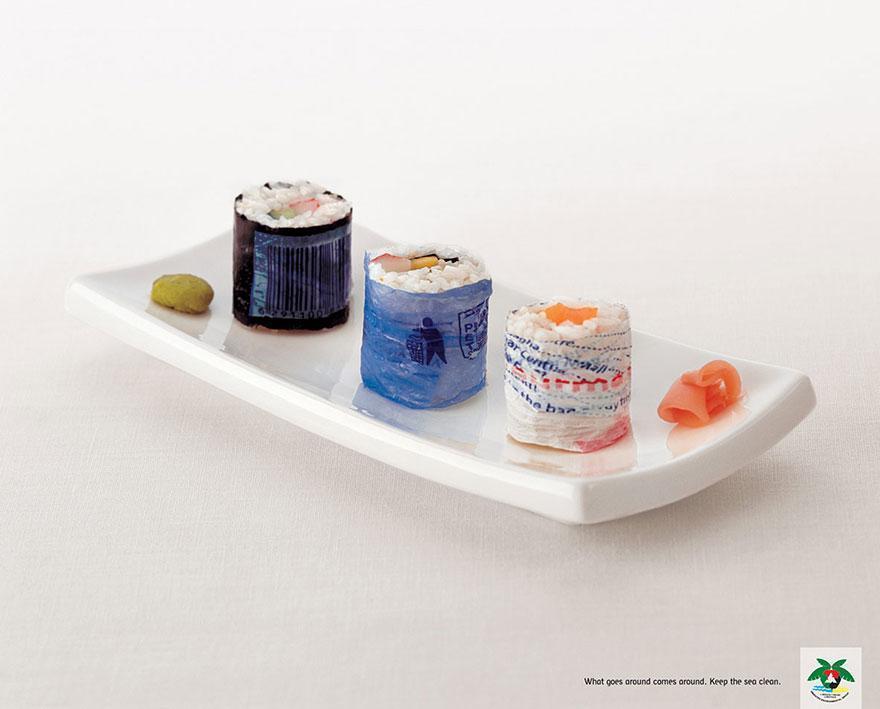
 11. Stop aux abus par Animal Anti-Cruelty League
11. Stop aux abus par Animal Anti-Cruelty League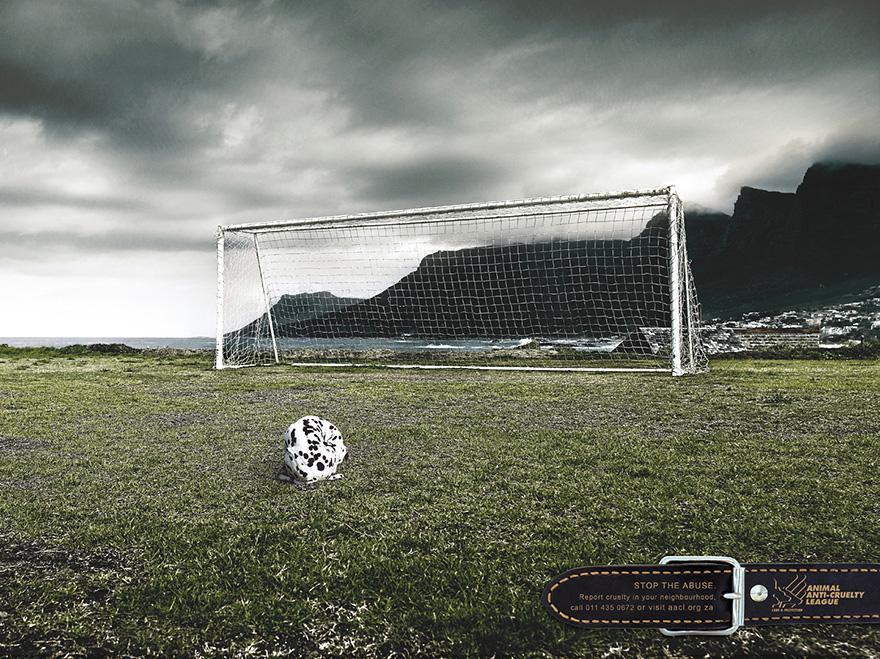 12. La censure ne nous dit pas la vérité par Rsf
12. La censure ne nous dit pas la vérité par Rsf 13 Les victimes sont les personnes comme vous et moi par Acat
13 Les victimes sont les personnes comme vous et moi par Acat 14. Les distances de sécurité ne servent à rien par Prévention routière de Denver
14. Les distances de sécurité ne servent à rien par Prévention routière de Denver 15. La fin : Si vous fumez, statistiquement, votre histoire se finira 15% avant qu'elle ne devrait. par Quittline
15. La fin : Si vous fumez, statistiquement, votre histoire se finira 15% avant qu'elle ne devrait. par Quittline 16.Ne lui parlez pas pendant qu'il conduit par Prévention routière de Bangalore, Inde.
16.Ne lui parlez pas pendant qu'il conduit par Prévention routière de Bangalore, Inde. 17. Quand vous voyez un thon, pensez à un panda par Sea Shepherd Conservation Society
17. Quand vous voyez un thon, pensez à un panda par Sea Shepherd Conservation Society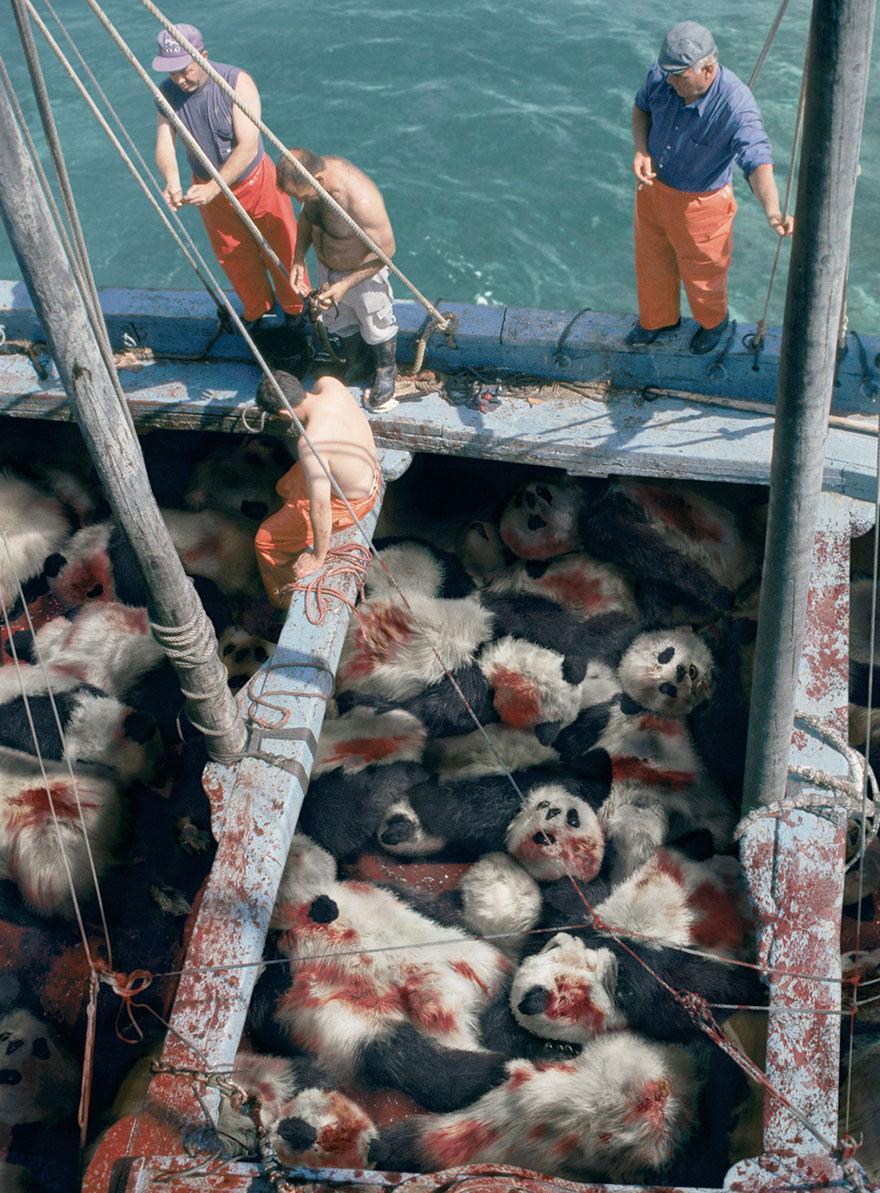 18. Le sommeil est plus fort que vous par ThaiHealth
18. Le sommeil est plus fort que vous par ThaiHealth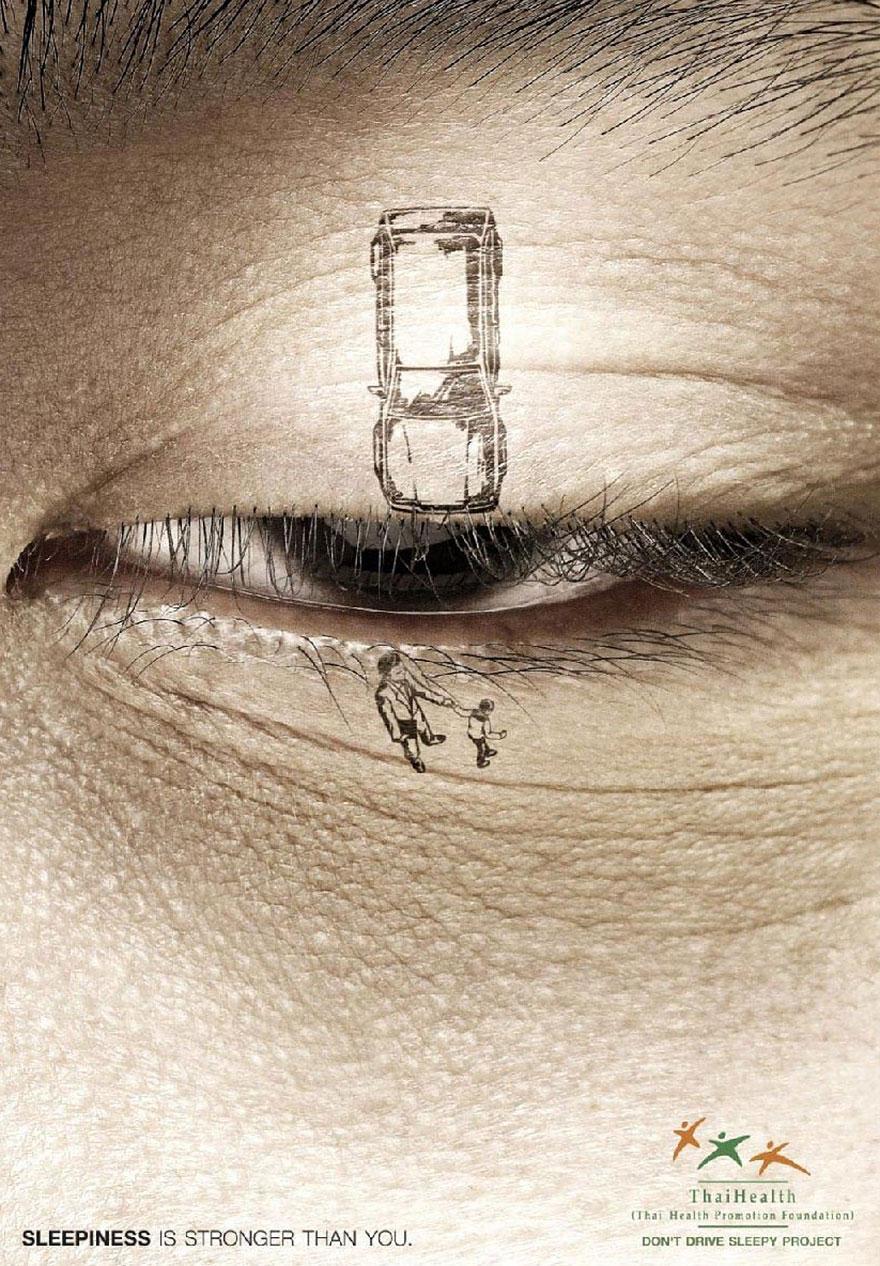 19.Votre couleur de peau ne devrait pas dicter votre futur par LICRA
19.Votre couleur de peau ne devrait pas dicter votre futur par LICRA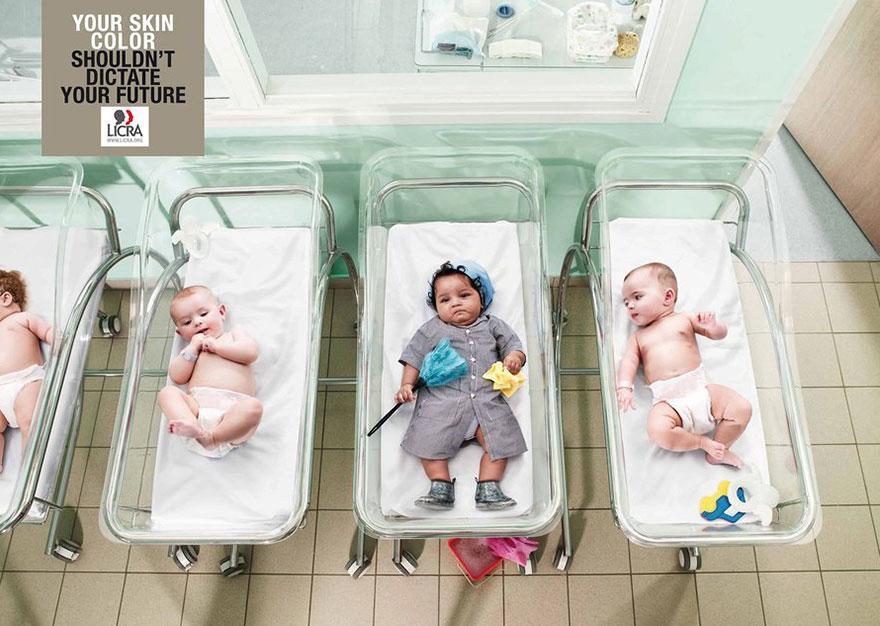
 20.La déforestation et l'air que nous respirons : avant qu'il ne soit trop tard par Wwf
20.La déforestation et l'air que nous respirons : avant qu'il ne soit trop tard par Wwf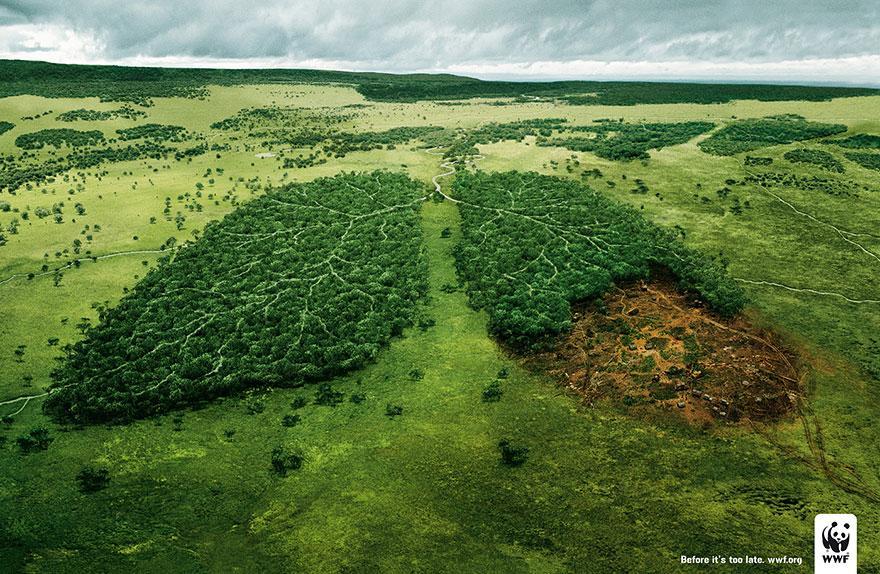 21. Pour un sans-abri, chaque jour est difficile par Fatherbobsfundation
21. Pour un sans-abri, chaque jour est difficile par Fatherbobsfundation 22. Terrifiant vs. Encore plus terrifiant par Wwf.org
22. Terrifiant vs. Encore plus terrifiant par Wwf.org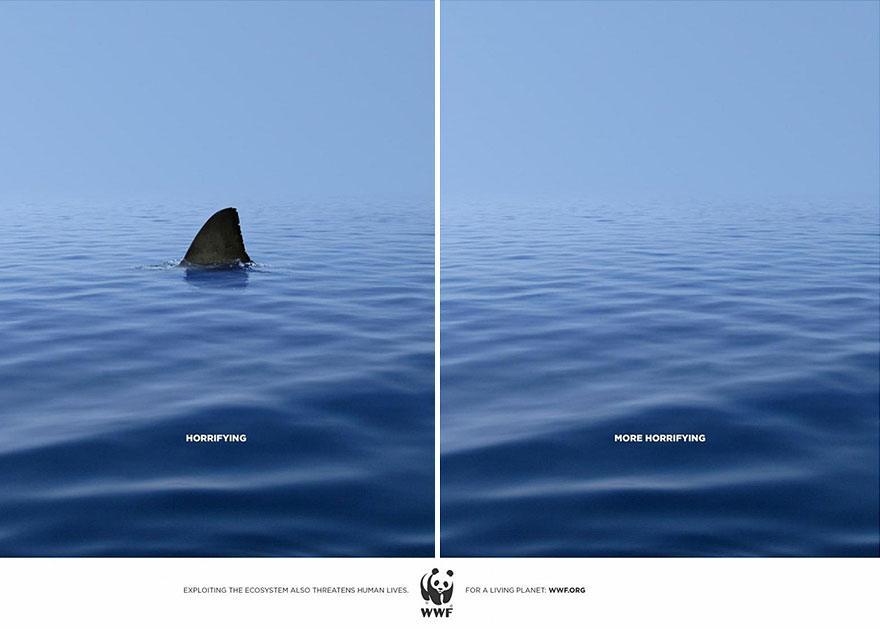 23. S'il vous plait, ne perdez pas le contrôle sur votre consommation d'alcool
23. S'il vous plait, ne perdez pas le contrôle sur votre consommation d'alcool 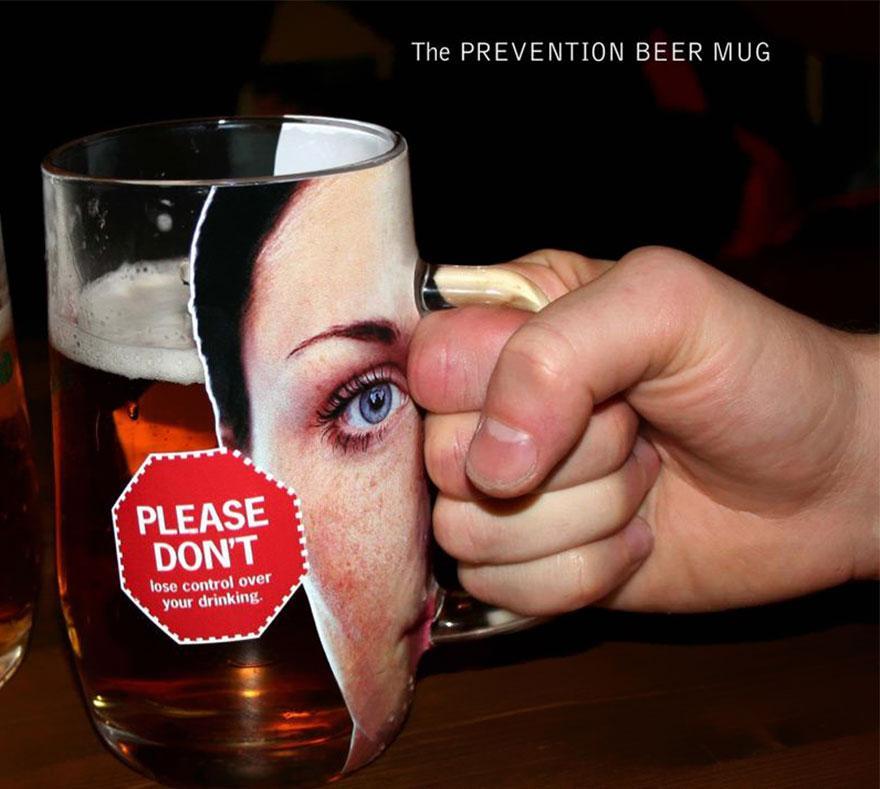 24. La déforestation continnue quand on tourne la page par Greepeace
24. La déforestation continnue quand on tourne la page par Greepeace 25. L'un des enfants tient quelque chose qui est interdit aux Etats-Unis pour les protéger. Devinez lequel ? par Momsdemandaction
25. L'un des enfants tient quelque chose qui est interdit aux Etats-Unis pour les protéger. Devinez lequel ? par Momsdemandaction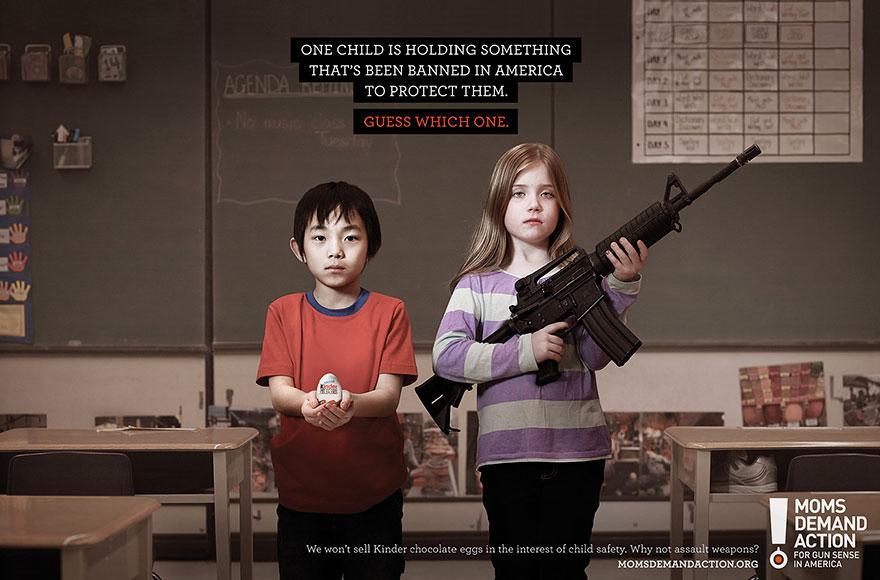
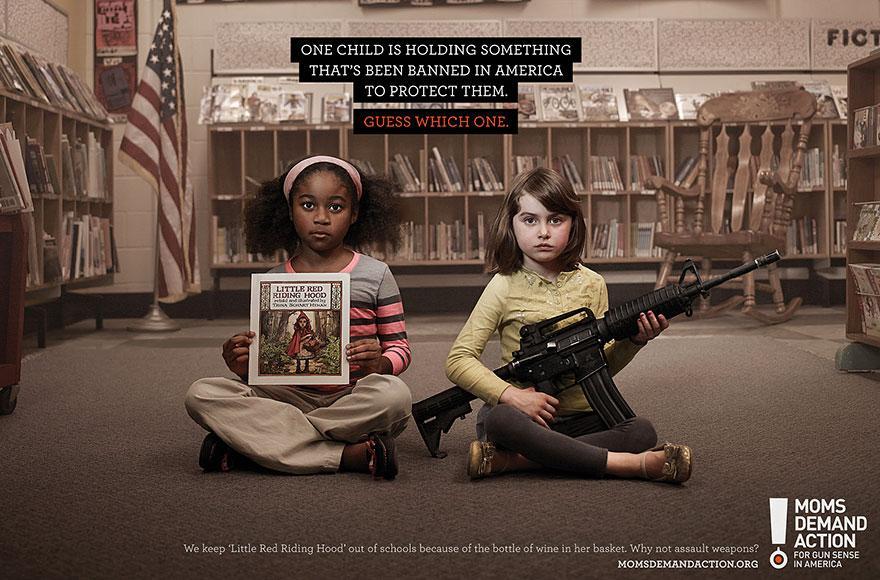 26. "Aimer" n'est pas aider par Crs
26. "Aimer" n'est pas aider par Crs
 27. La pollution de l'air tue 60 000 personnes par an par Nrdc
27. La pollution de l'air tue 60 000 personnes par an par Nrdc 28. Prévention contre le cancer du sein
28. Prévention contre le cancer du sein  29. Bouclez-la. Restez en vie par la Prévention routière québecoise
29. Bouclez-la. Restez en vie par la Prévention routière québecoise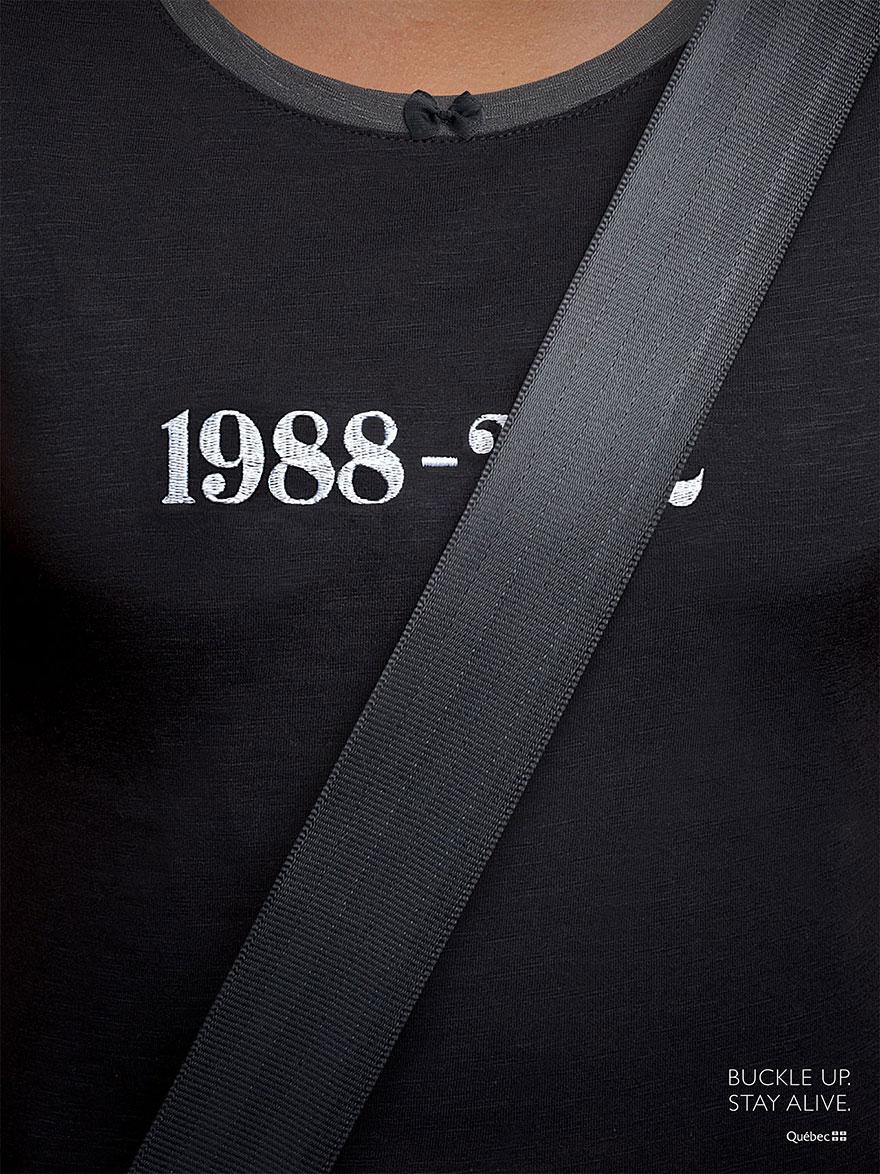 30. On récolte ce que l'on sème : Arrêtez la guerre en Irak
30. On récolte ce que l'on sème : Arrêtez la guerre en Irak 
 31. Fumer accélère le vieillissement par Nicotinell
31. Fumer accélère le vieillissement par Nicotinell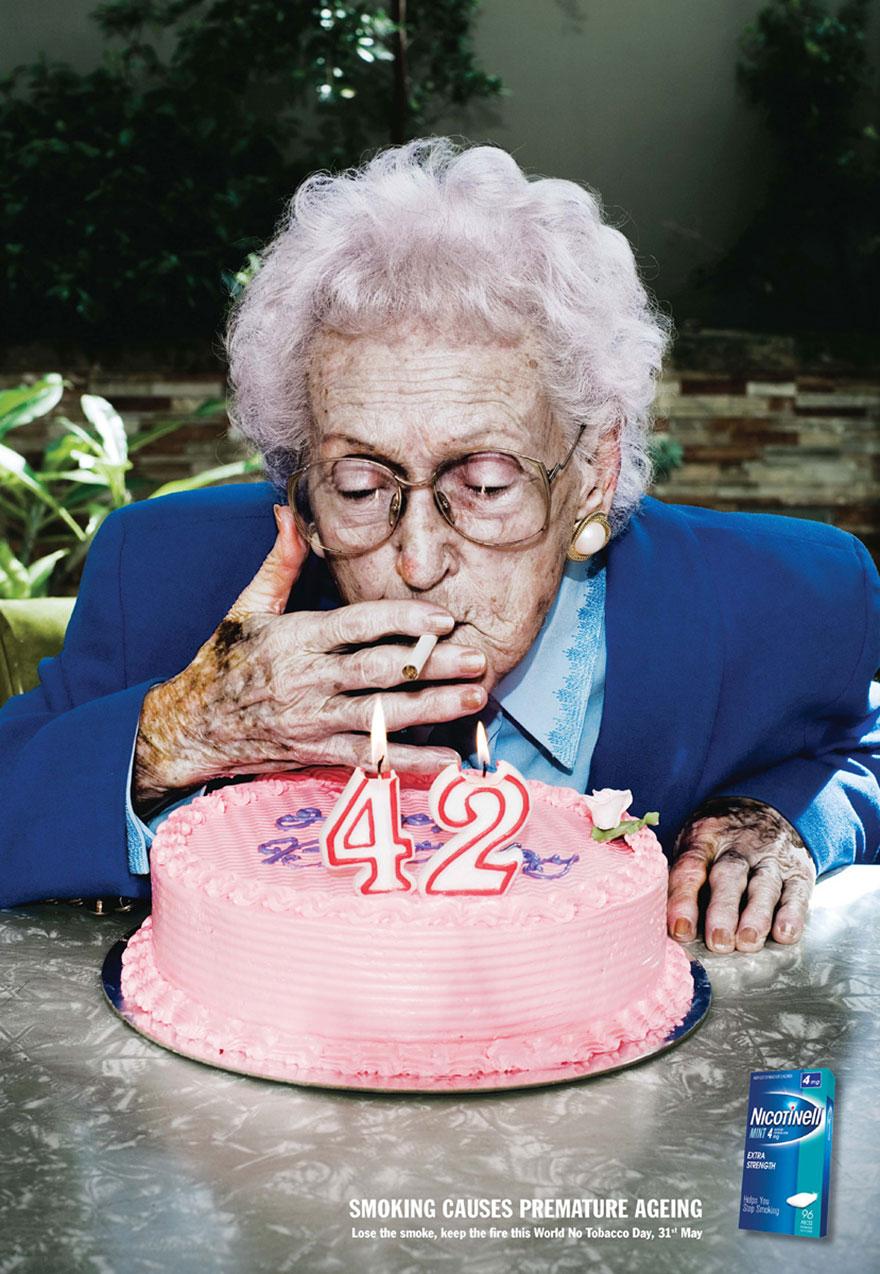 32. Droits de la femme dans le monde par Unwomen
32. Droits de la femme dans le monde par Unwomen
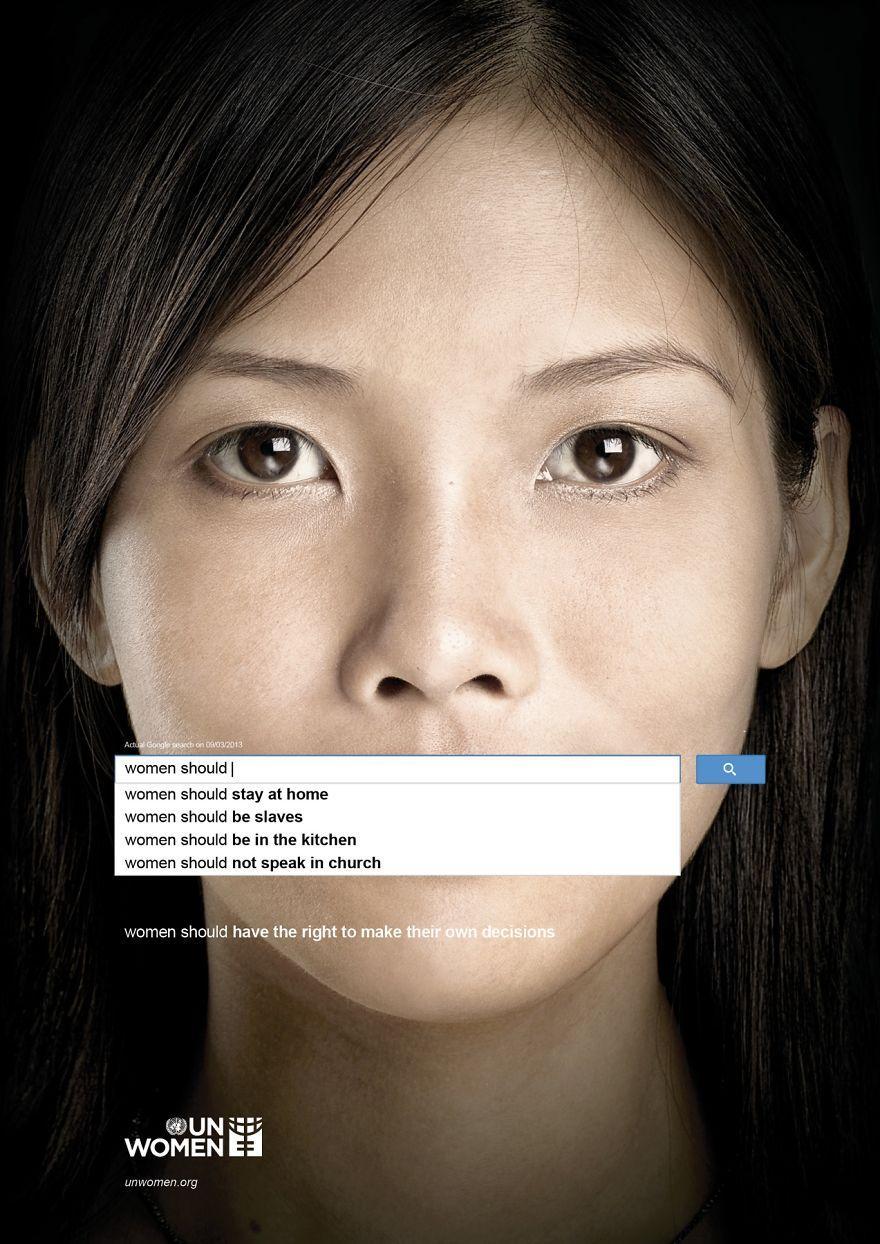 33. N'achetez pas d'animaux exotiques en souvenir par Wwf
33. N'achetez pas d'animaux exotiques en souvenir par Wwf 34. Ne gaspillez pas le papier, sauvez la planète par Wwf
34. Ne gaspillez pas le papier, sauvez la planète par Wwf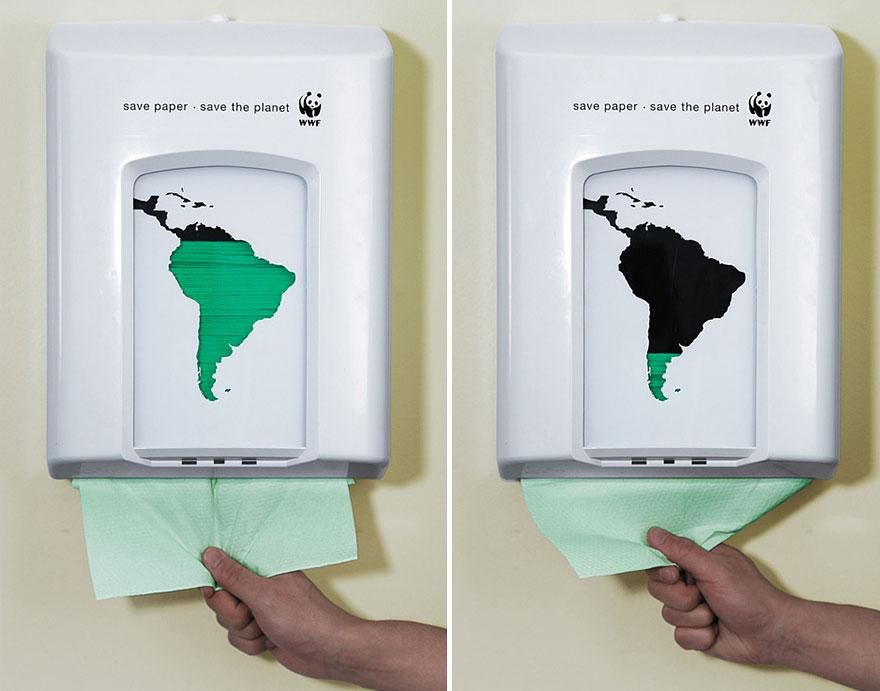 35. Même chat, différent propriétaire par Caraphil
35. Même chat, différent propriétaire par Caraphil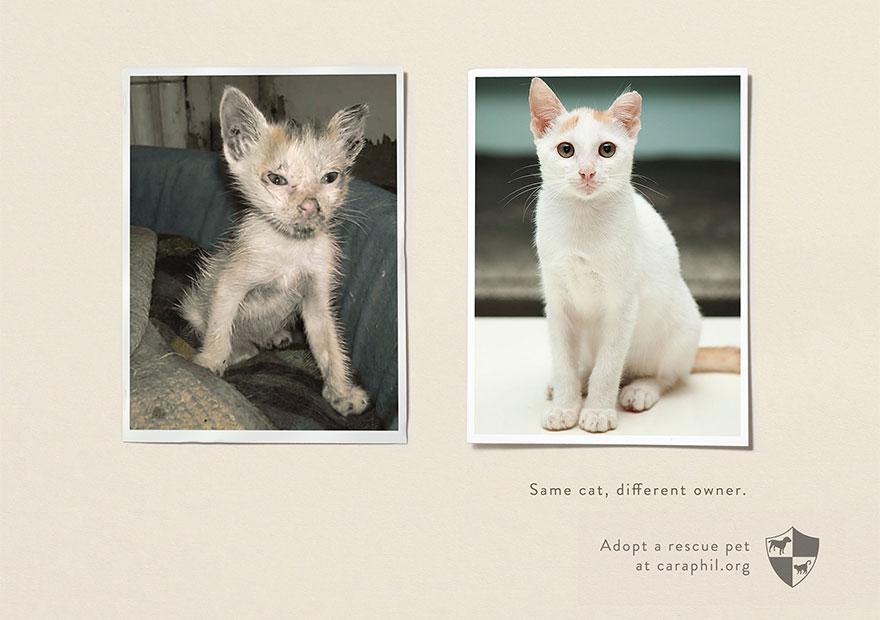
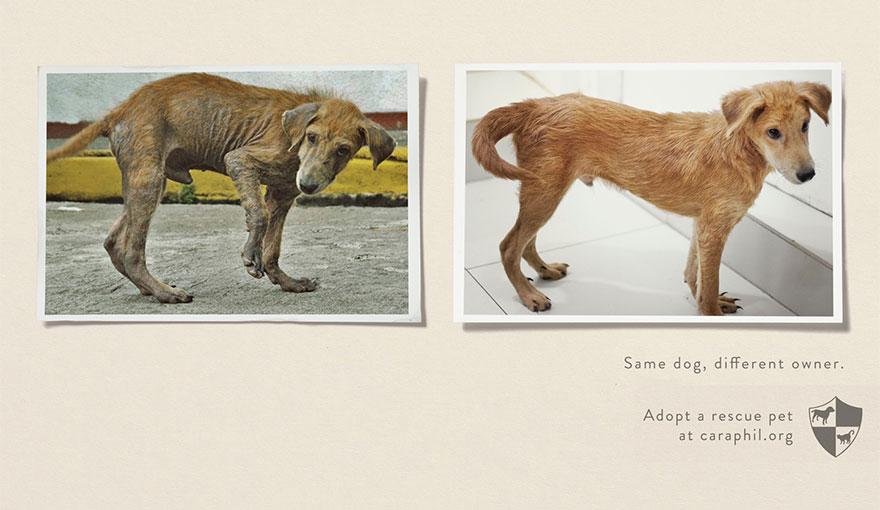 36. Unhate par United Colors of Benetton
36. Unhate par United Colors of Benetton
 37. Les prédateurs sexuels peuvent se cacher dans le smartphone de votre enfant par Innoncence in danger
37. Les prédateurs sexuels peuvent se cacher dans le smartphone de votre enfant par Innoncence in danger 38. Vous n'êtes pas un croquis, dites non à l'anorexie par Revolution Brasil
38. Vous n'êtes pas un croquis, dites non à l'anorexie par Revolution Brasil 39. Ce que nous voyons quand vous fumez par Quitsmoke
39. Ce que nous voyons quand vous fumez par Quitsmoke 40. Les enfants abandonnés se sentent invisibles Sopchildabusnow
40. Les enfants abandonnés se sentent invisibles Sopchildabusnow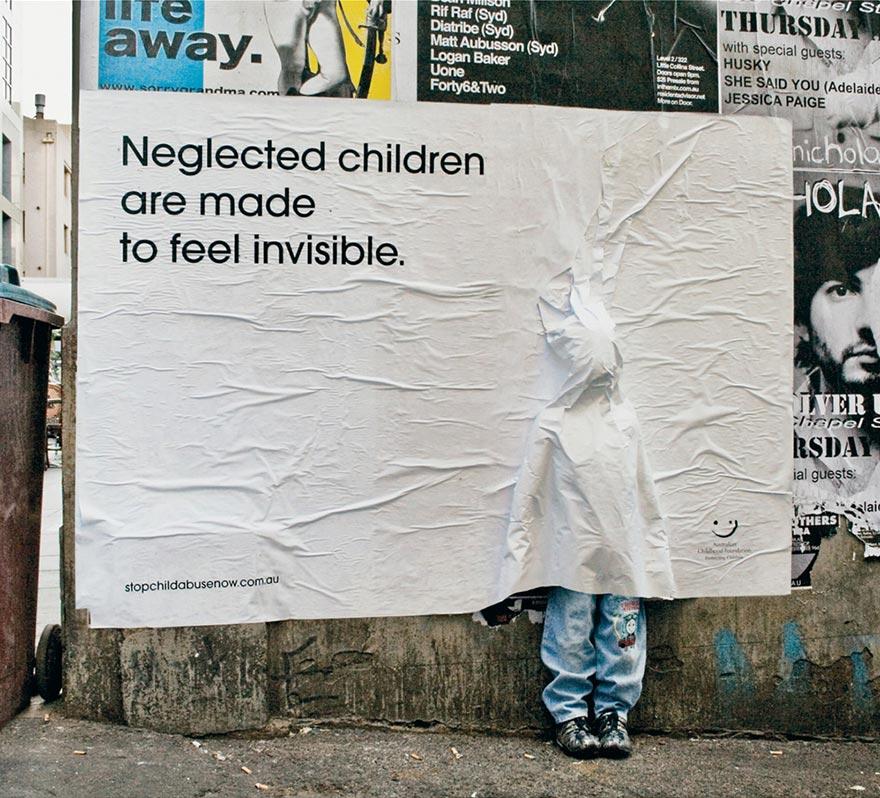 41. Pensez aux deux côtés par Ekburg
41. Pensez aux deux côtés par Ekburg
 The employee engagement movement started in the late 1990s and then went full steam ahead in 2000. Organizations everywhere began systematically measuring employee engagement. That intense interest is now evolving into deeper thinking about company culture. Top leadership teams are seriously considering what kind of culture they want and need to win more customers.
The employee engagement movement started in the late 1990s and then went full steam ahead in 2000. Organizations everywhere began systematically measuring employee engagement. That intense interest is now evolving into deeper thinking about company culture. Top leadership teams are seriously considering what kind of culture they want and need to win more customers.





 Posted by
Posted by 


 Every generation has a defining industry – from the textile and manufacturing industries of the late eighteenth century to the transportation and communications industries that connected the world.
Every generation has a defining industry – from the textile and manufacturing industries of the late eighteenth century to the transportation and communications industries that connected the world.
 Voir la vidéo
Voir la vidéo































